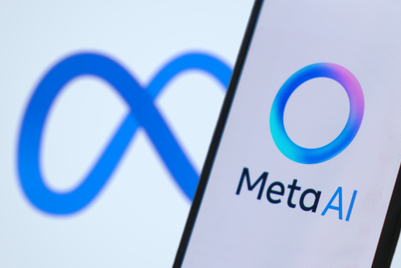.jpg&h=570&w=855&q=100&v=20250320&c=1)
Instagram has acknowledged that its platform is “biased” towards creators who generate more views, reserving high-quality video rendering for them while lowering the quality for less popular, older videos. This admission came from Instagram CEO Adam Mosseri during a Sunday ‘Ask Me Anything’ (AMA) session, where he discussed how creators should approach using Meta AI.
Mosseri explained that Instagram's goal is to deliver “the highest quality video” to users, using a dynamic system that prioritises higher-quality rendering for videos that receive more engagement. For videos that don't attract as many clicks, likes, or comments, the quality is downgraded. However, this reduction isn’t permanent; if the video gains traction again, it can be upgraded to a higher quality.
“If something isn’t watched for a long time because the vast majority of views are in the beginning, we will move to a lower quality video,” Mosseri said. “But if it's watched again a lot, then we will render the higher quality video.” This system applies to all video content on Instagram, including posts, Reels, and Stories.
The revelation has sparked debate online, with many users surprised that Instagram employs this strategy. Some have questioned whether this part of the platform makes it harder for smaller creators and influencers to compete with larger, more established accounts.
Later, responding on Threads to a post containing the AMA clip, Mosseri clarified that Instagram’s approach works on an “aggregate level, not an individual level.” He also noted that higher-quality videos, which require more CPU-intensive encoding and costlier storage, are reserved for creators who drive more views.
For smaller creators, this system raises concerns about visibility and reach, as they fear being disadvantaged by the lower-quality rendering of their content. However, Mosseri downplayed these worries, stating that while the concern is valid, it “doesn’t seem to matter much” in practice.
“The quality shift isn’t huge, and whether or not people interact with videos is far more influenced by the content of the video than the quality,” he added. “Quality matters more to the original creator, who is more likely to delete the video if it looks poor, than to the viewers.”
The debate continues as creators of all sizes assess how this quality-based system may affect their presence and performance on the platform.
The original version of the story was first published on Campaign's sister publication Performance Marketing World.



.jpg&h=334&w=500&q=100&v=20250320&c=1)


.png&h=334&w=500&q=100&v=20250320&c=1)



.png&h=334&w=500&q=100&v=20250320&c=1)

.png&h=334&w=500&q=100&v=20250320&c=1)


.jpg&h=268&w=401&q=100&v=20250320&c=1)



.png&h=268&w=401&q=100&v=20250320&c=1)
